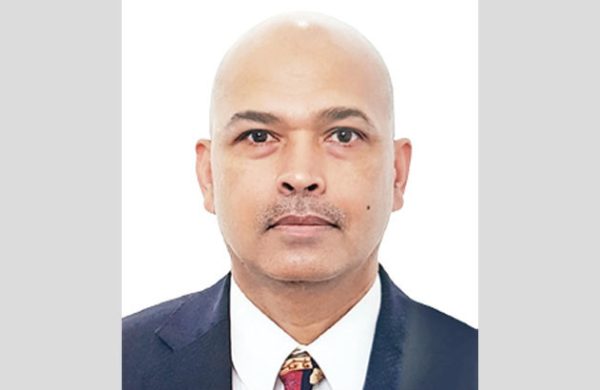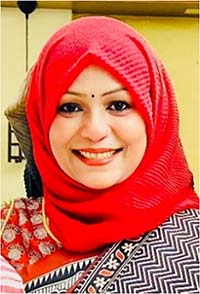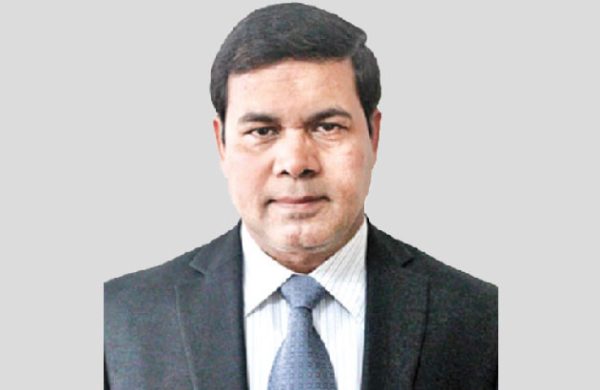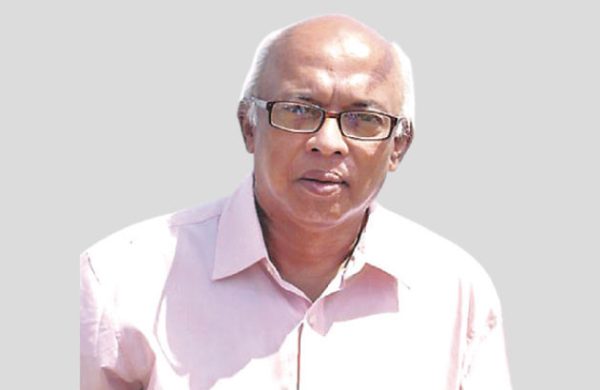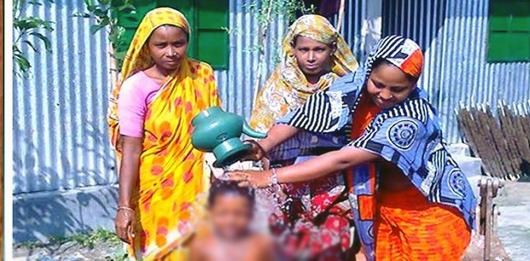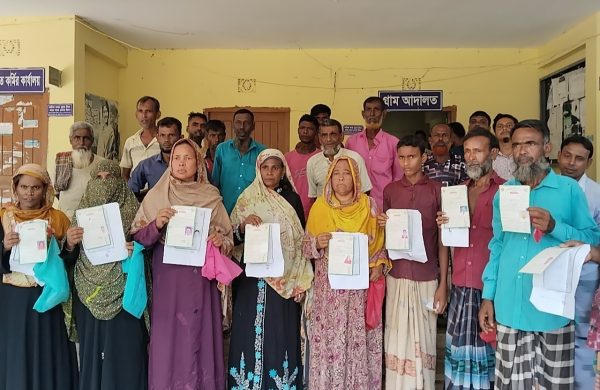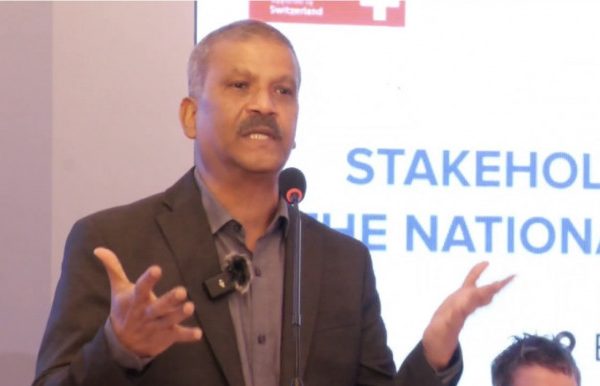Bangladesh’s growth depends on women’s economic empowerment
- Update Time : Tuesday, July 8, 2025
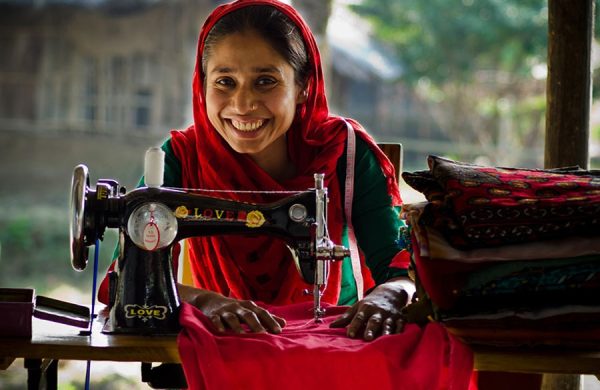
—Nawshad Ahmed—
There are three major aspects of women’s empowerment—social, political and economic—and all three are equally important. It is widely recognised that economically empowering women can help achieve developmental goals such as economic growth, increased productivity and the reduction of household poverty. To achieve economic empowerment, women must be given decision-making power and control over financial resources in the form of loans and grants, as well as other factors of production such as land, training, technological support, employment opportunities and market access.
It has been widely demonstrated that women’s economic empowerment contributes to GDP growth and a more equitable society. Women’s contributions to family income benefit children’s health and education, thereby helping to build human capital and facilitate movement out of poverty. In Bangladesh, although significant progress has been made, women still lag behind in most economic indicators such as business skills, digital literacy, employment, earnings, and access to productive assets (land, capital and machinery). In addition, social barriers such as the high rate of early marriage and early pregnancy discourage many young women from seeking training and employment or competing with their male counterparts in business ventures.
According to the Labour Force Survey (LFS) 2022, only 42.5 percent of working-age women in Bangladesh participate in the labour force, compared to 81.3 percent of men. Although women’s labour force participation increased from 36.3 percent in the LFS 2017, it remained half that of men in 2022. Around 16.5 percent of adolescent girls aged 15 to 24 years are unemployed—twice the rate experienced by adolescent boys in the same age group. A significant wage gap also exists between male and female workers.
According to World Bank data, about 21 percent of Bangladeshi women are engaged in the fields of science, technology, engineering and mathematics (STEM), compared to 43 percent in India, 41 percent in Sri Lanka, and 37 percent in Indonesia. As per the Global System for Mobile Communications Consumer Survey 2023, a gender gap of 20 percent exists in mobile ownership and a 40 percent gap in mobile internet adoption in Bangladesh—higher than in India and Indonesia. In addition, 68 percent of women in Bangladesh own mobile phones compared to 85 percent of men, and the gender disparity is even more pronounced in smartphone ownership.
Experience from most developed countries shows that with economic development, poverty levels fall and gender inequality is reduced. This typically occurs as women take advantage of a growing economy by engaging in diverse economic activities. Governments increase budget allocations for health and education and introduce various incentives to encourage women’s participation in productive sectors. Although a similar trend is observed in Bangladesh, the pace of economic empowerment remains slower than expected due to the factors explained below.
The Bangladesh government allocates a substantial amount of resources for women in the annual budget. According to the Gender Budget Report 2024-2025, the government allocated Tk 271,818 crore—representing 34.11 percent of the total budget and 4.86 percent of GDP—towards women’s empowerment and development, including social safety net programmes. However, many economists argue that the gender budget is not properly monitored, making it difficult to assess the impact of these expenditures on women each year. Particularly concerning is that the overall education and health budgets have consistently remained low over the years in Bangladesh—1.7 percent of GDP for education and 0.75 percent for health—thus failing to improve the quality of education and healthcare service delivery in the country. By contrast, the education budget in EU countries averages about 4.7 percent of GDP in 2025, with the highest allocations in Sweden (7.1 percent) and Denmark (6.4 percent). The average government expenditure on health in EU countries was 7.3 percent of GDP in 2023, rising to 12 percent in Germany and France, and over 10 percent in Austria, Belgium, Sweden and Portugal. These comparisons highlight the inadequacies of public spending on health and education in Bangladesh.
In Bangladesh, microfinance institutions (MFIs) play a significant role in economically and socially empowering women. By 2023, as many as 731 MFIs certified by the Microcredit Regulatory Authority had benefitted over 40.86 million members, around 90 percent of whom are women. These MFIs disbursed a total of Tk 2,500 billion in soft loans to their members for undertaking small and medium enterprises. They also provide various services such as basic education, training, maternal health and technical support. According to World Bank estimates, microfinance lifted about five million people out of poverty between 2000 and 2020.
In terms of quantitative estimates, the coverage of disadvantaged women under government and NGO programmes may appear impressive but remains insufficient. Various structural weaknesses persist in these programmes. One of the key areas where women continue to lag behind is in financial inclusion. There are gender gaps and exclusions in financial literacy and numeracy, access to finance, and digital financing, all of which prevent women from fully benefiting from available financial services in Bangladesh.
Data shows that around 65 percent of women remain unbanked, only 7 percent of registered small and medium-sized borrowers are women, and the gender gap in mobile phone ownership is approximately 30 percent. These barriers limit women’s access to adequate finance and hinder the achievement of true economic empowerment. Although several banks now offer female-friendly financial products, these require greater promotion, trust-building, and improvements in women’s financial literacy. However, this alone will not address the root challenge faced by poor women who lack assets and income and who are therefore likely to remain unbankable—reliant solely on small-scale NGO loans.
To expedite women’s economic empowerment and ensure inclusive economic growth, certain practical steps are necessary. These include taking bold decisions to increase sustainable investment in health, education, and skills development to reach 10 percent of GDP, alongside establishing proper monitoring systems, gender-disaggregated databases, and evaluation mechanisms to ensure accountability; promoting women’s employment in suitable service and industrial enterprises such as leather, food processing, toy-making, sustainable energy solutions, and cottage industries; adopting stronger policy measures to expand access to soft loans for building women-friendly enterprises and providing inclusive financial literacy training; creating special industrial zones for female entrepreneurs and promoting both local and export market opportunities; prioritising women’s access to industrial land, financial resources, and vocational training, as well as creating decent work opportunities; and last but not least, taking critical steps to reduce early marriage and early pregnancy in the country.
We need to accelerate efforts in these areas to enable the large and potentially productive population of working-age young women to participate meaningfully in the economy and help raise Bangladesh’s stagnating growth rate.
—————————————————————
Dr Nawshad Ahmed, a retired UN official, is an economist and urban planner. He is currently working as an independent consultant and can be reached at [email protected].




